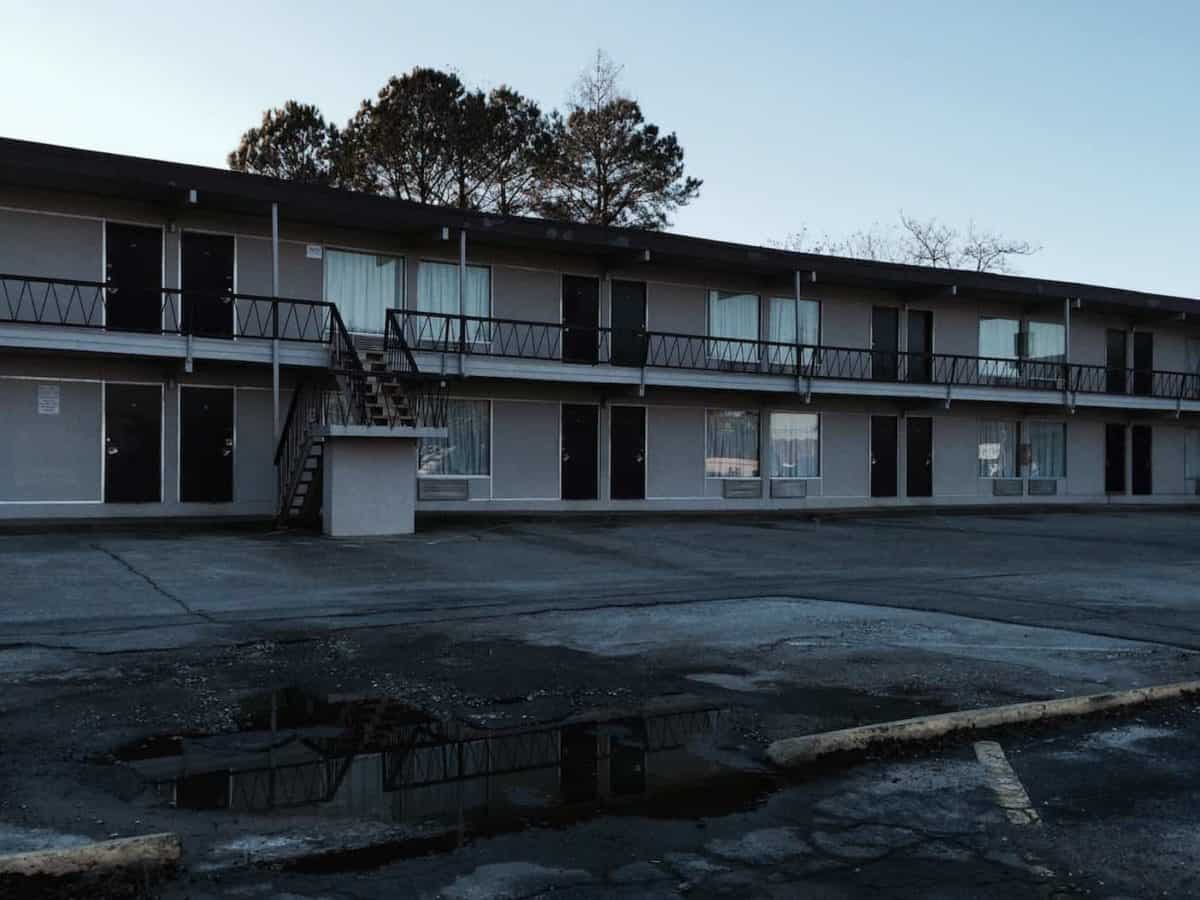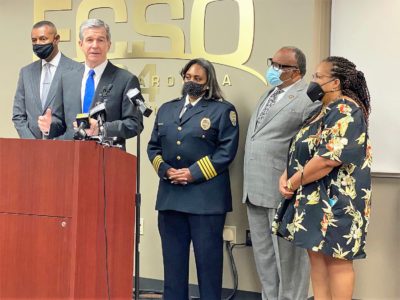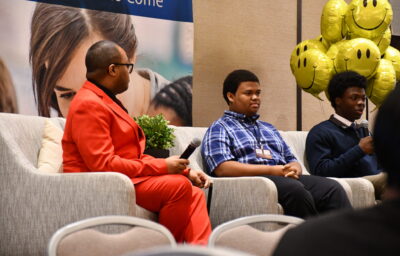
My boys attended Wiley Elementary School here in Raleigh on St. Mary’s Street when they were younger. For most of our time there, I was unaware that the school often had more than 10 families with students classified as homeless.1 Pretty embarrassing in hindsight.
Because of the federal student privacy laws, the teachers and administrators offered support to the homeless students and families, without relying or calling on the broader Wiley community for help. As if they didn’t have enough to do.
In one case, the teachers and principal had been caring for a family – a single mom and at the time her four kids – for 19 months while they were homeless. The school district did help. The homeless liaison used a federal law, the McKinney-Vento Homeless Education Assistance Act, to provide transportation for the kids to and from school.

I met this family at a school event called “poetry and tea.” I still remember the mom with her toddler in tow cheering on her second grader and the loads of hand sanitizer she carried with her. Both of my kids were in class with kids of hers, but I had no idea. Never noticed the holes in their shoes. Never noticed the same clothes worn over and over again. They had been invisible to me.
That night, we picked our older kids up from a class field trip that returned after dark. I drove by the mom and her kids as they waited for a city bus. At the next stoplight, I found myself turning around. Joyce and her now six kids have been in our lives ever since.
The first thing I learned is that “homeless” means lots of things. It means living on the streets, in cars, in shelters, bunked up with friends or family, with nights in motels when money allows.
The second thing I learned is that often the food we would go and get from food pantries wasn’t food Joyce could process. If you are homeless, cooking a whole chicken isn’t in the realm of possibility.
The third thing I learned was about bandwidth. Even if we paid for the kids to go to summer camp, Joyce sometimes didn’t have the bandwidth to get them all up, all dressed, all fed breakfast, all packed a lunch, all in the car, and out the door on time. If it was just me and I had six kids, I might not have the bandwidth either.
It took me a month after meeting Joyce to find a program for homeless families in Raleigh that didn’t have a waiting list years long. I connected with Roberta Macauley then at Catholic Charities, and she told me that if Joyce could get a job, if we could raise $2,500,2 and if we could create a support circle of teachers, administrators, and parents, then we could move the family off the street. So, with the help of White Memorial Presbyterian Church which donated the money, we did.
 Wiley Elementary was the first school to participate in the Support Circle program, and we moved three families off the streets and into housing through the program. As the Wiley community became more aware of this family and others in need, other moms moved to obtain nonprofit status for The Cecilia Rawlins Fund – a fund named after a beloved Wiley principal that is used to make sure the needs of each student is met from attending field trips to buying winter coats. Still other moms set up a program through the Inter-Faith Food Shuttle’s Backpack Buddies, which sends food home for the weekends.
Wiley Elementary was the first school to participate in the Support Circle program, and we moved three families off the streets and into housing through the program. As the Wiley community became more aware of this family and others in need, other moms moved to obtain nonprofit status for The Cecilia Rawlins Fund – a fund named after a beloved Wiley principal that is used to make sure the needs of each student is met from attending field trips to buying winter coats. Still other moms set up a program through the Inter-Faith Food Shuttle’s Backpack Buddies, which sends food home for the weekends.
Joyce does not have family in the area. No dads are on the scene. Her church, another Wiley mom, and I have been the most stable part of their life for five years.
The most frustrating part of working with Joyce is that there is no fixing this situation. Every day is hard. I remember when the oldest daughter was assigned to Leesville High School. It was literally impossible for Joyce to get all the kids to all of the different schools on time from her downtown address. I helped Joyce request a transfer. It was denied. Joyce had to move to get her daughter in Enloe High School – close enough that she wouldn’t be tardy every day.
I am not proud that we have not been able to do more for this family. There are still too many times when Joyce is forced to choose between gas, food, and electricity because there just isn’t enough money to go around.
Really our only success is that we have kept them housed.
Over the years, Joyce and I have struggled with telling this story. People caution us not to reveal the identities of the children so we are careful not to use last names or the names of the kids or their photos. But Joyce has helped me understand that the stigma is reinforced by the silence. If you are homeless or have been homeless, please share with us your stories of interfacing with the public schools. We can’t make the experience better for these students until we talk about it.
Teaching a homeless child
By Megan White Hollander
Miss White, now Mrs. Hollander, taught one of Joyce’s children during second and third grades at Wiley Elementary School.
She was an extraordinary student. Despite being homeless, she was able to achieve so much. She memorized her poem for poetry and tea – our celebration of learning. Her homework was almost always done. She learned her math facts. She was kind, respectful, and considerate. She had friends who loved her. She smiled and started conversations with adults. She was grateful. I don’t know what it is that Mama Joyce has done to make her kids so successful, but it’s pretty incredible.
 But she was also absent. A LOT. And for extended periods of time. As a teacher, you worry. You wonder if she’s sick, or if they’ve been kicked out of their temporary housing, or if she’ll ever come back.
But she was also absent. A LOT. And for extended periods of time. As a teacher, you worry. You wonder if she’s sick, or if they’ve been kicked out of their temporary housing, or if she’ll ever come back.
One of the years I taught her, she was living in a motel. She shared one room (and one bed) with her pregnant mom, 2 brothers, and 1 sister. One time I got some money and donations from my mom’s church and took them over there. It was horrible. And despite where she was living, she still was such a joy to teach. She worked super hard to make the progress she did, but I couldn’t help but think about all that she could accomplish if the barriers of homelessness weren’t in her way. She would be unstoppable.
I still have a piece of art that she made me when she was living in that motel. She made a sculpture of my husband and me out of trash bag ties. Her resourcefulness, creativity, and love for others will take her far, but homelessness creates hurdles for students that are really hard to clear.
Editor’s Note: Mebane Rash is on the board of directors of the Cecilia Rawlins Fund.
Recommended reading



